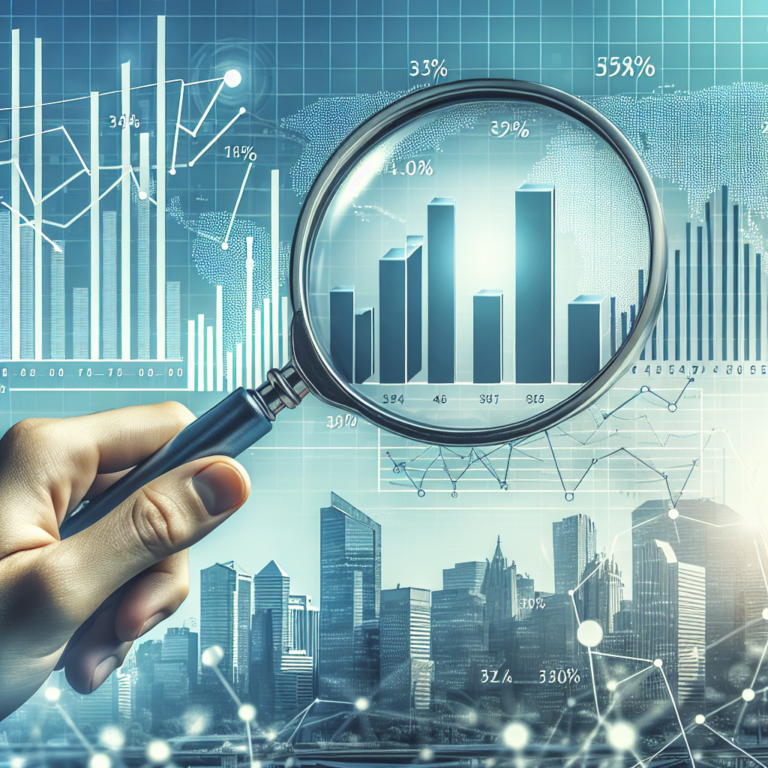Introduction
Predictive analytics is a powerful tool that businesses can use to analyze data and make informed decisions about the future. By leveraging predictive analytics, businesses can gain valuable insights into customer behavior, market trends, and other key factors that can drive success.
What is Predictive Analytics?
Predictive analytics is the practice of using data, statistical algorithms, and machine learning techniques to identify the likelihood of future outcomes based on historical data. By analyzing patterns in data, businesses can make predictions about future events and trends, allowing them to make informed decisions and take proactive steps to drive success.
How Businesses Can Leverage Predictive Analytics
There are several ways that businesses can leverage predictive analytics to drive success:
1. Customer Segmentation
By analyzing customer data, businesses can identify different segments of customers with similar characteristics and behaviors. This allows businesses to tailor their marketing efforts and product offerings to better meet the needs and preferences of each segment, ultimately driving customer satisfaction and loyalty.
2. Demand Forecasting
By analyzing historical sales data and market trends, businesses can predict future demand for their products or services. This allows businesses to optimize their inventory levels, production schedules, and pricing strategies to meet customer demand and maximize profitability.
3. Fraud Detection
By analyzing transaction data and other relevant information, businesses can identify patterns and anomalies that may indicate fraudulent activity. By using predictive analytics to detect fraud in real-time, businesses can minimize losses and protect their reputation.
Case Study: How Company X Leveraged Predictive Analytics
Company X, a leading retailer, leveraged predictive analytics to improve their marketing efforts and drive sales. By analyzing customer data and purchase history, Company X was able to identify key segments of customers and personalize their marketing campaigns to target each segment effectively. This resulted in a significant increase in sales and customer engagement, ultimately driving success for the company.
Conclusion
Predictive analytics is a powerful tool that businesses can use to gain valuable insights and make informed decisions about the future. By leveraging predictive analytics, businesses can drive success by improving customer segmentation, demand forecasting, fraud detection, and other key areas of their operations.
FAQs
Q: What is the difference between predictive analytics and traditional analytics?
A: Traditional analytics focuses on analyzing past data to understand what has happened, while predictive analytics uses historical data to make predictions about future events.
Q: How accurate are predictive analytics predictions?
A: The accuracy of predictive analytics predictions can vary depending on the quality of the data and the algorithms used. However, with proper data collection and analysis, predictive analytics can provide valuable insights into future trends and outcomes.
